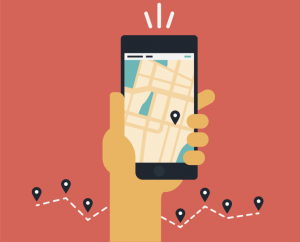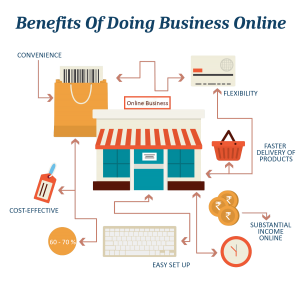Here’s a not-so-fun fact: Retail employees leave their positions at a rate that’s over four times higher than the average turnover rate in all other industries. According to Human Resources Today, that translates to $ 19 billion in costs related to hiring and training new employees. The highest turnover rates are for hourly employees: 65% of them will leave their jobs for greener pastures, and it costs a full 16% of their annual salary to replace them.
And that’s not even counting the toll on morale that comes from watching coworkers come and go so frequently. When you add it all up, retail employee turnover is incredibly expensive.

5 strategies for retaining retail employees
It’s clear that improving employee retention in the retail sector is a critical way to cut costs, since you won’t have to invest so heavily in finding and training replacement workers. Keeping your retail employees happy will also help improve customer service and lead to better outcomes in everything from absenteeism to productivity.
So how can you keep retail employees on the job? These five strategies will make a big difference:
1. Focus on fit during hiring
One reason people leave their job is because they never quite fit in. You can stop this type of attrition by sweating the details during the recruiting and hiring process to make sure your retention efforts are falling on fertile ground. In addition to posting job notices on the big boards like Indeed, leverage your social media presence to let people know you’re hiring. This will increase the likelihood that your applicants are already fans of yours — meaning that they love your products and corporate values. As you interview, ask questions that probe more deeply about teamwork to test for a cultural fit. When you start with retail employees who are on board with your mission, it’s much easier to keep them around.
2. Recognize and reward great work
Employees crave recognition for their work. In fact, employee recognition ranks well above benefits like tuition reimbursement and wellness perks when it comes to increasing employee engagement. This isn’t surprising, especially when you think about the nature of retail work. Customers come and go, and it’s rare that they do more than mumble a quick “thanks” before moving on. It’s not always easy for retail employees to see how their work benefits customers or the company as a whole during the daily grind. This makes putting together a strong employee recognition program all the more important in the retail industry. Consider leveraging an employee recognition and rewards platform that allows managers and coworkers to recognize good work when they see it to provide plenty of positive feedback. You can also keep employees engaged by offering points-based recognitions and personalized rewards for meeting goals or behaving in ways that align with company values. Engaged employees are far less likely to leave, so this is an investment worth making.
3. Provide education and training
According to a recent survey by Axonify, nearly one-third of retail employees reported receiving no job training at all — the worst record of any industry surveyed. This sets workers up to fail and can lead to an ugly cycle of turnover as frustrated retail employees seek opportunities for success elsewhere. Yes, training is part of the high cost of turnover, but it’s also an investment in employee retention. Great retail training goes beyond a session on how to use the cash register and a dusty procedural handbook. Instead, build a structured training program that focuses on the most important aspects of customer service, including empathy and communication skills. Training should be ongoing, with managers providing clear expectations and regular feedback.
4. Gather employee feedback — and take it seriously
Retail employees shouldn’t just be receiving feedback — they should also be giving it. One of the best ways to retain employees is to listen to them. After all, the associates on the floor are the ones who know exactly when things get busiest and what products sell the best. They also know when scheduling systems aren’t working and can help troubleshoot any number of issues with their valuable insight. Your employees want to be heard, so be sure to pulse survey them regularly to really understand the state of your store — once a year isn’t enough. Of course, once you gather the feedback, it’s time to act on it to implement your workers’ great ideas and make the changes that will have the biggest impact on employee motivation and retention.
5. Provide a comfortable working environment
Never underestimate the power of a great break room. In a retail environment, your employees are on their feet for hours at a time. When they finally get a chance to sit down, make sure it’s not among boxes of goods in the storeroom. Instead, provide comfortable chairs and a clean place to eat — with an area for food prep if you can manage it. When you encourage workers to rest, eat healthy food, and connect for conversation, you create an environment that shows you care about them as human beings. This is a great way to build loyalty and the type of camaraderie that leads to better engagement and happier workers.
The takeaway for retailers
The bottom line about retail employee retention? It’s good for the bottom line. When you keep your employees happy, they’re far less likely to leave you in the lurch and on the hook for training their replacements. Happy employees are also more engaged in their work. To learn more about how to thrive during the retail apocalypse, download our white paper, “The Retail Apocalypse Survival Guide.”
Do you have any thoughts on this article? Share your comments below.
Business & Finance Articles on Business 2 Community
(33)
Report Post






